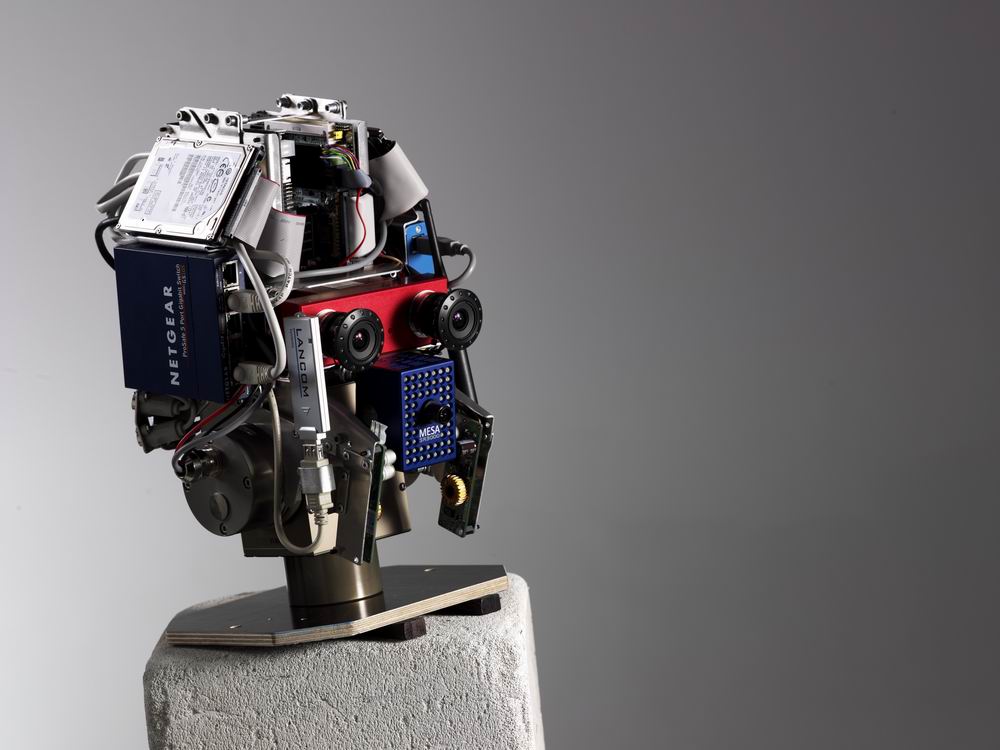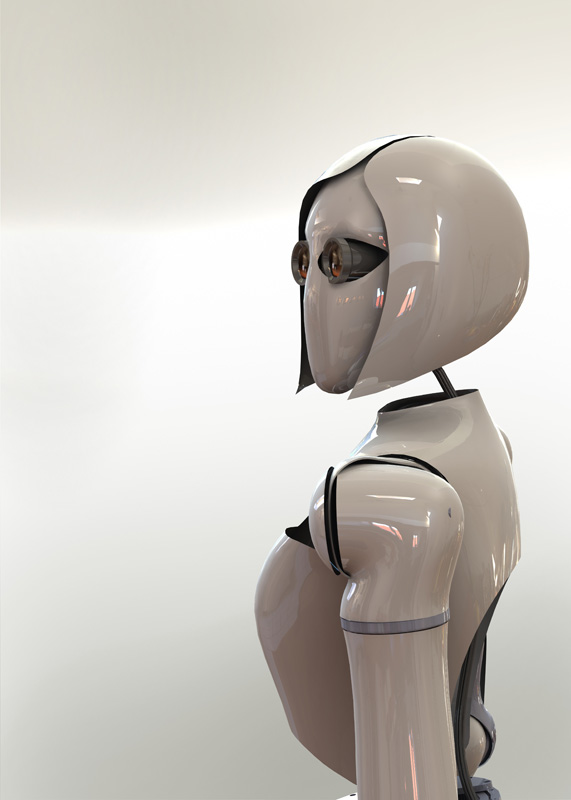SemProM
Semantic Product Memory

The project Semantic Product Memory (SemProM) aims at introducing a digital product memory for everyday items. In this context a mobile dual-arm robot is developed for the automatic manipulation and quality control of heterogeneous products. The digital product memory provides the robot with useful handling information as size, weight, lifting points, etc. of the targeted product. The project focuses on the combination of a highly flexible mobile manipulator with the optimal placement of a RFID antenna. The designed robot system will later be applied in areas of production and product distribution, where flexible product manipulation is required.
| Duration: | 01.02.2008 till 31.01.2011 |
| Donee: | German Research Center for Artificial Intelligence GmbH |
| Sponsor: | Federal Ministry of Education and Research |
| Grant number: | Federal Ministry of Education and Research (BMBF IKT 2020), grant no. 01IA08002 |
| Partner: |
Deutsches Forschungszentrum für Künstliche Intelligenz GmbH (Konsortialleitung), 7x4 Pharma GmbH, BMW Forschung und Technik GmbH, Deutsche Post AG, GLOBUS SB-Warenhaus Holding GmbH & Co. KG, SAP AG, Siemens AG |
| Application Field: | Logistics, Production and Consumer |
| Related Robots: |
TelDaBot
Robot for telecommunication with RFID augmented infrastructure
AILA
Mobile Dual-Arm-Manipulation
|
Project details
The project Semantic Product Memory (SemProM) focuses on the development
of a flexible mobile dual-arm robot, which adapts its behaviour to the
specificities of the targeted product after extracting information from
its digital product memory. The quality of logistic processes depends on
the knowledge about the specific handling of a product during its
transport. Currently, this information is not continuously available. In
extreme cases this causes product damages in cases of complex transport
processes with changing contract partners. The digital product memory
can be used to store the necessary handling information for the
transport of the product in machine-readable form. The handling
information is thus directly connected to the product and is available
at any time. This yields a high benefit for robot systems that
manipulate products of varying shape. The gripper of the robot
automatically adapts to the specifications provided by the digital
product memory regarding size, weight, lifting points, etc. of the
considered product. It also guarantees that constraints like maximum
acceleration or geometric orientation are not violated.
In
flexible and automatic manufacturing processes, different, non-uniform
items are produced. The high amount of varying products demands for
improved approaches of quality control. Classical control methods are
insufficient here, since they are based on the detection of anomalies of
the considered product compared to a given sample item. The digital
product memory facilitates the storage of relevant parameters during the
whole production process, allowing for conclusions regarding the
quality of the considered product. If it is of inferior quality, the
product can be removed from the production process at an early stage,
improving the efficiency of the overall production process.
The
mobile dual-arm robot is the first system comprising flexible grippers
combined with optimally placed RFID antennae. The digital product memory
is read by the antenna and determines the optimal configuration of the
grippers. In order to establish full Cartesian positioning together with
the ability to cope with obstacles, every arm of the robot has seven
degrees of freedom. The robot will automatically navigate and localize
itself in a factory production hall and automatically approach a
recharging station when its battery power drops below a critical value.
It will also be able to communicate with other components and users in
the environment. Additionally, it is intended to store a summary of the
actual product manipulations performed by the robot in the digital
product memory.
Videos
AILA: Autonomous product handling (SemProm)

AILA sorts out supermarket products using RFID information
SemProM: Semantic Product Memory

Example of the manipulation of complex and variable product packaging with smart labels and digital memories by robots
AILA: An autonomous, mobile dual-arm robot

The video shows the humanoid robot AILA performing object and scene recognition, as well as autonomous navigation and object grasping using digital product information stored in an RFID tag.




